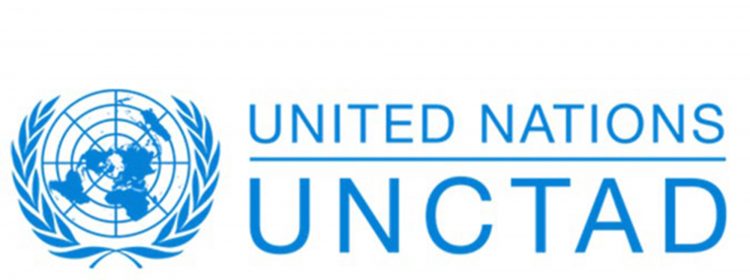The extent of countries’ dependence on commodity exports as a key factor in determining their economic well-being has increased over the last decade from 93 countries in 2008-2009 to 101 in 2018-2019, according to United Nations Conference on Trade and Development’s (UNCTAD) State of Commodity Dependence 2021 report released just over a week ago.
The report puts the nominal value of global commodity exports at US$4.38 trillion in 2018-2019, a 20% increase compared with 2008–2009, the report shows. The findings of the report are less than upbeat news for commodity-dependent developing countries which, according to UNCTAD‘s Head of Commodities Janvier Nkurunziza “makes countries more vulnerable to negative economic shocks,… and can have a negative impact on export and fiscal revenues and adversely affect a country’s economic development.”
 By international standards, countries are considered to be commodity-dependent when more than 60 per cent of their total merchandise exports are composed of commodities.
By international standards, countries are considered to be commodity-dependent when more than 60 per cent of their total merchandise exports are composed of commodities.
The UNCTAD probe says that most countries that were dependent on commodities in 2008–2009 remained so in 2018–2019, a circumstance that highlights the persistence of the phenomenon. The more recent report indicates that 87 per cent of developing and poor countries are commodity-dependent.
The 2018-2019 report indicates that of the 101 commodity-dependent countries, 38 relied on agricultural product exports, 32 on mining exports, and 31 on fuels.
More than two thirds of the countries in Africa and Oceania are designated as commodity export dependent, relying as they do on earnings from those exports for more than 70 per cent of their total merchandise export revenues, according to the UNCTAD report.
All twelve (12) of the countries in South America had a level of commodity dependence greater than 60 per cent in 2018–2019, and for three-quarters of them, the share of commodity exports out of merchandise exports exceeded 80 per cent.
The 2021 issue is the fifth edition of the “UNCTAD State of Commodity Dependence” series. It urges developing countries whose economies depend on commodities to enhance their technological capacities to escape the commodity trap that leaves most of their populations poor and vulnerable. It warned that most of the countries are likely to remain trapped for the foreseeable future unless they go through “a process of technology-enabled structural transformation.”








